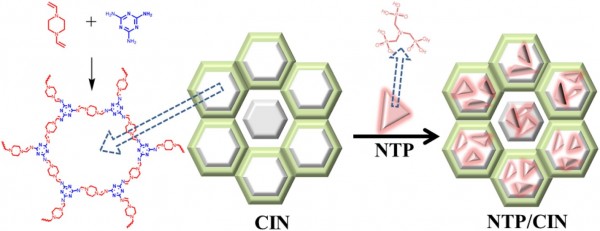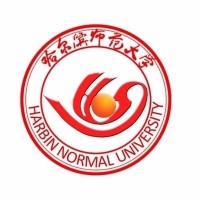分享到
Phosphonic acid loaded covalent imine networks for proton-conducting membranes
2020
期刊
Polymer

- 卷 201
- 页码 122632
- Elsevier
- DOI: 10.1016/j.polymer.2020.122632



